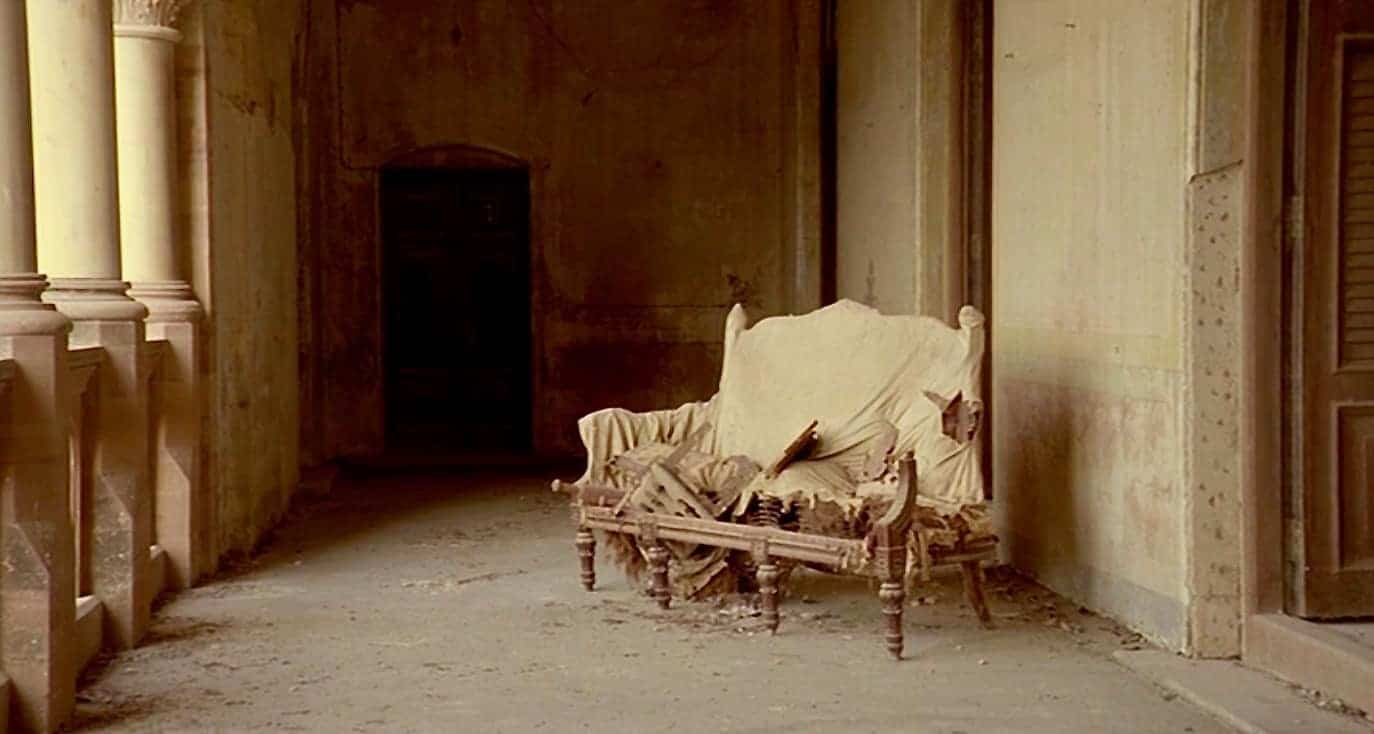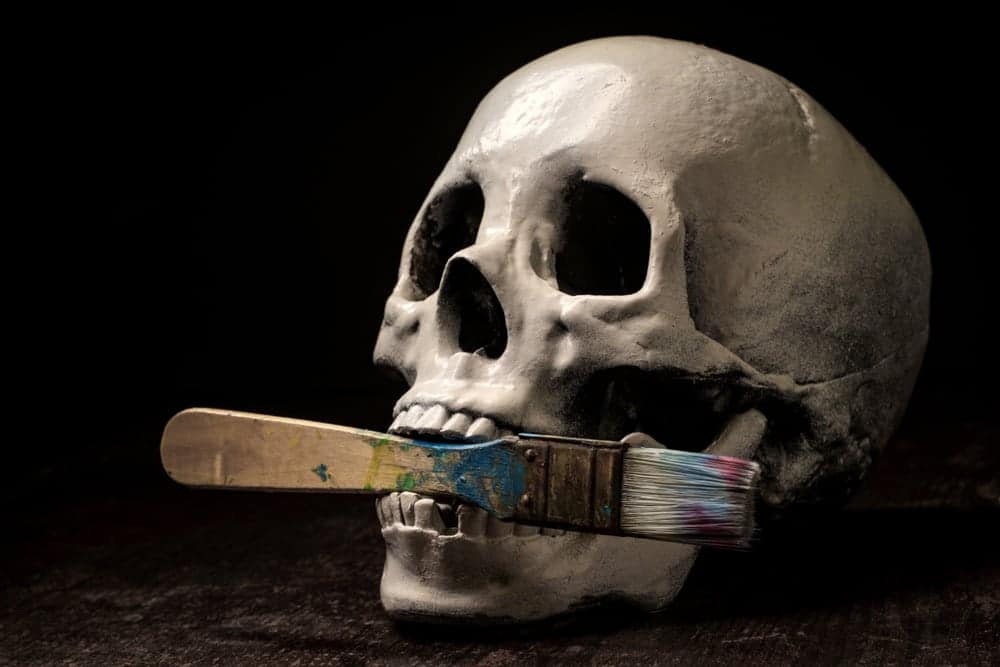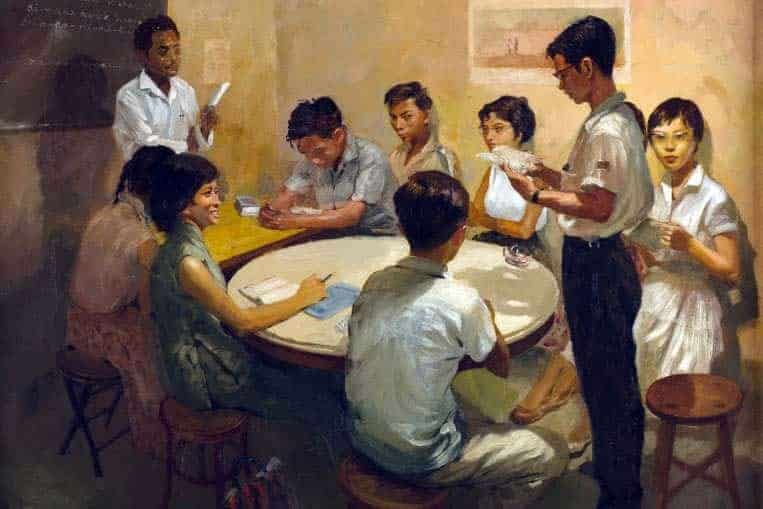
Question:
“As an art student, my interest is in painting. But it seems like painting is considered passé and that one can only make it as an artist if one works in new media like performance, installation, digital art, etc. Is painting truly dead?”
Answer:
There is a wonderful collection of short stories by Raymond Carver, What We Talk About When We Talk About Love (1981). Just reading the title already hints at characters who, like the rest of us, often talk around instead of through love, saying things that belie what we mean, and too often failing to get to the underlying heart of the matter. Well, following Carver, let me ask, what do we talk about when we talk about a cultural form as dead or dying?
I’ll attempt an answer by raising three points. First, let me cite another Raymond, this time the great cultural studies scholar, professor Williams. In his classic, Marxism and Literature (1977), he talks about “dominant”, “residual” and “emergent” cultural forms. The notion of a dominant cultural form is relatively straightforward; for example, Hollywood movies and television. As for the residual, it refers to some aspect of cultural life from the past that once may have been dominant and that continues to remain active in the present, but is no longer as dominant, or no longer functions in the same way as it did. In some parts of the world, like Western Europe, religion is a good example of what is residual, or becoming residual.
Culture is constantly in flux, but every new challenge to the current dominant cultural forms and structures isn’t exactly an example of the emergent. Something is emergent when it’s on its way to becoming part of new dominant structures, for instance, social media. So if we apply these ideas from Williams to the question of painting then, perhaps, we might say that painting was once dominant, but is now residual. And, pivotal for our discussion here, it’s far from dead.
A related but slightly different question: is painting in decline? This brings us to the second point. What about the notion of cultural decline? It’s one thing to be residual, it’s another thing to be in decline. The former suggests that the times have changed, and that old formations no longer have their past dominant functions. But the latter notion has a different emphasis, suggesting that things were better in the old days – that, for instance, today’s painting isn’t as good as yesterday’s. Painting may be as popular as ever – go to any art fair, and that’s what you will see mostly – but, then, all that work often gets derided as being too commercial.
Let’s look a little more closely at what the claim that painting is in decline entails. Is there a vantage point where one could assert that, say, a Picasso is better than a Kara Walker? I mean, what kind of criteria would we be applying here? That a Walker is not a Picasso, and therefore isn’t as good as one? The standards are being set by the old standard – of dead white men, not coincidentally – and so the judgement is already stacked against the newcomer, who just happens to be a living African American woman.

The notion of decline seems intuitively plausible, but often when we get down to looking at specific cases, then it’s hard to sustain the judgement, which is sometimes more of a complaint than an analysis. Don’t get me wrong, I would encourage comparisons across different times and places, histories and cultures. I just don’t think the best reason for such comparisons is to denigrate one thing in favour of another. The aim should be to better understand both.
But I’m not saying there never are instances of “decline” either – the three Matrix films (1999, 2003, 2003) surely must count as examples of something that started off very strong and then went from bad to worse. What I’m suggesting is that when we talk about declines, we may be talking less about the decline of something than revealing a defensive reaction against change.
Final point: art school and the art market. These days, it’s arguable that art schools don’t teach “painting”, “sculpture”, “photography” or any of the traditional forms anymore so much as teach a larger category that one could call, “contemporary practice”, which at its core is interdisciplinary and conceptually-oriented.
So even if one mostly wants to paint while at school, painting today isn’t practiced as a separate form on its own, but in conversation with all sorts of other approaches, from performance, to video, installation, digital art and so on, as well as with the discourses of critical theory, cultural history, politics and economics, et cetera.
And then there are artists like Zarina Bhimji, whose films are sometimes described as more like paintings than films; for example, her Yellow Patch (2011) which, by the way, was exhibited at NTU CCA Singapore at their inaugural exhibition in 2014, Paradise Lost.

I don’t envy art students today. It must be difficult. We live, arguably, in an age where the competition for attention is greater than ever before. This seems to be the crux of the anxiety expressed in today’s question — “that one can only make it as an artist if …”. The problem isn’t just about painting versus, say, video. The statement could also be phrased as follows: one can only make it as an artist today if one knows how to schmooze with curators and other artworld personalities; or, if one has social media savvy; or, if one is plain lucky … and so on.
Lastly, a remark about the art market. A generation ago, if you were a contemporary artist, you could be considered successful even if you had little to no art market presence. The publications would write about you, and the museums would show and collect you, eventually. Can the same be said today? In what ways does the art market have a greater influence across the board, even on forms and practices that decades ago deliberately eschewed commodification, like performance and installation? Today, it seems, the pressure isn’t only about getting attention, but also about selling.











